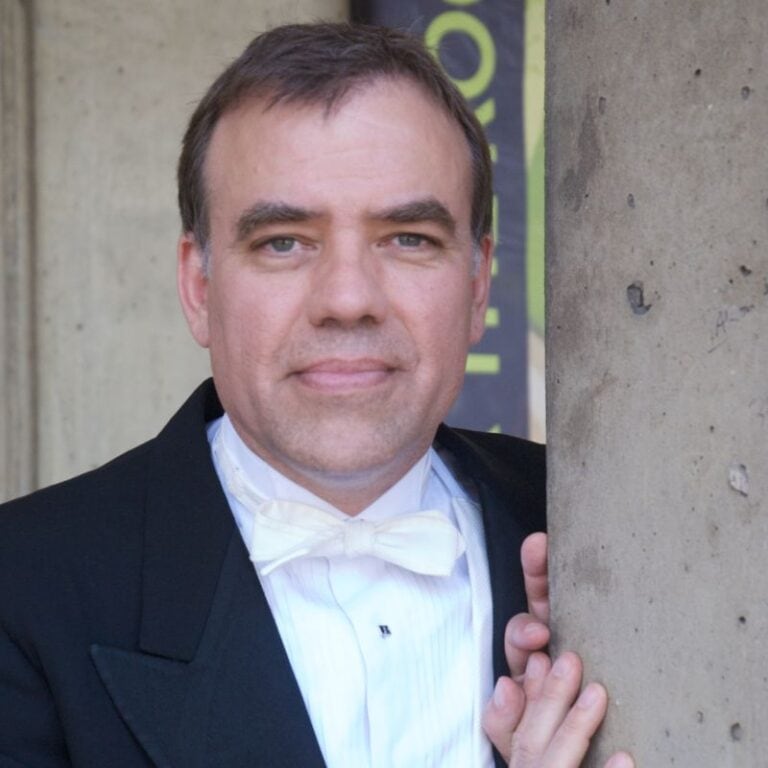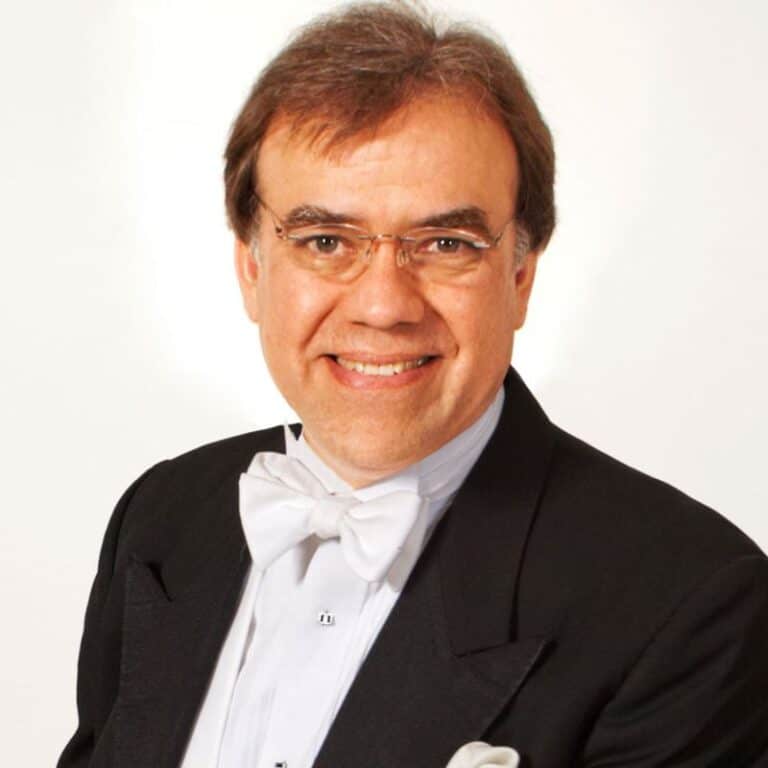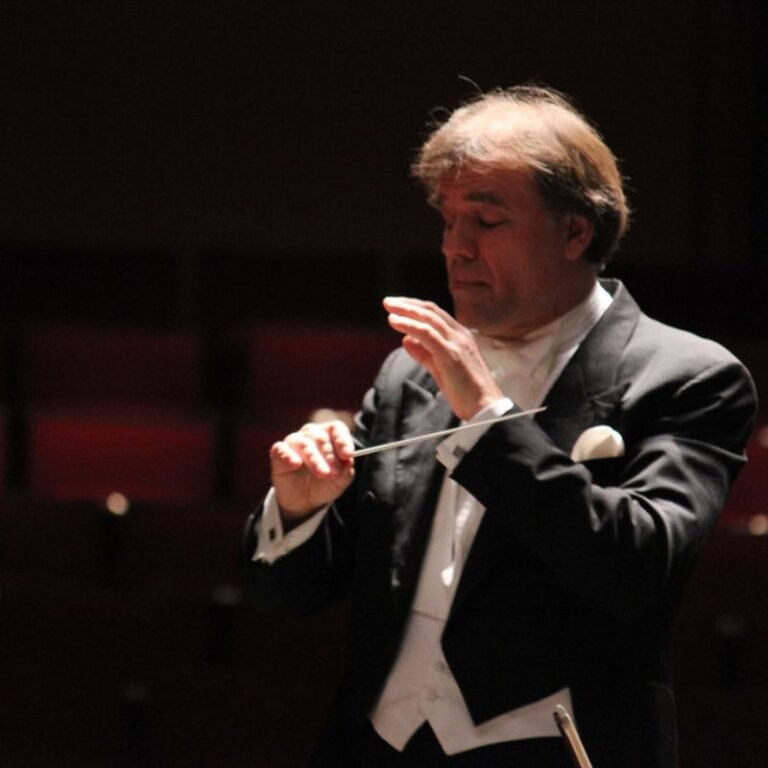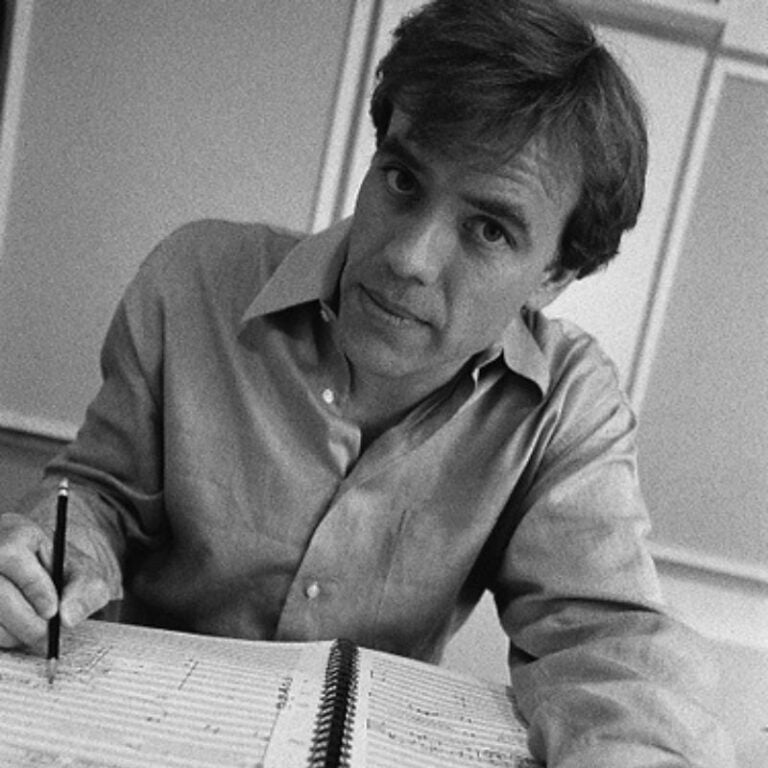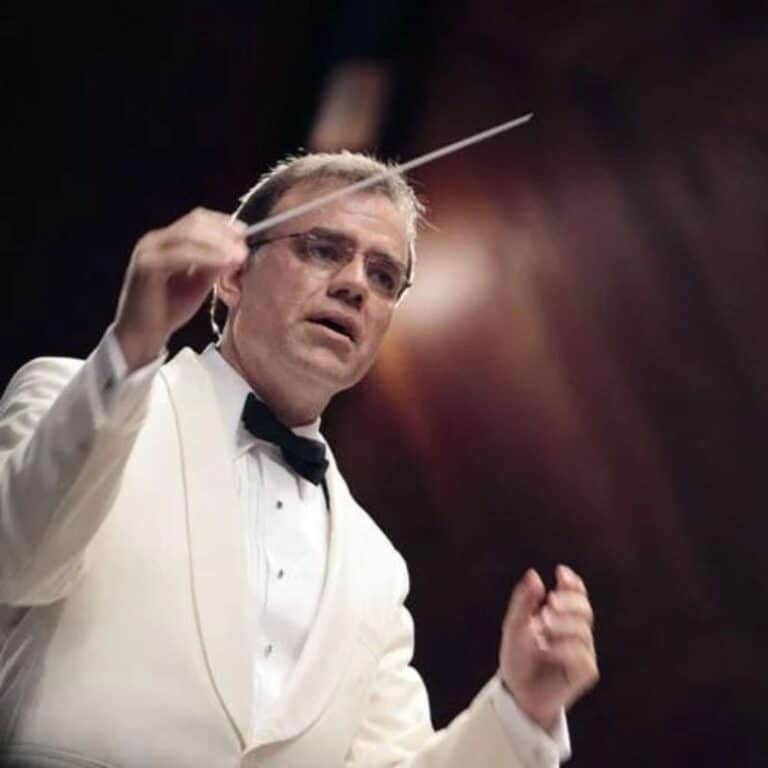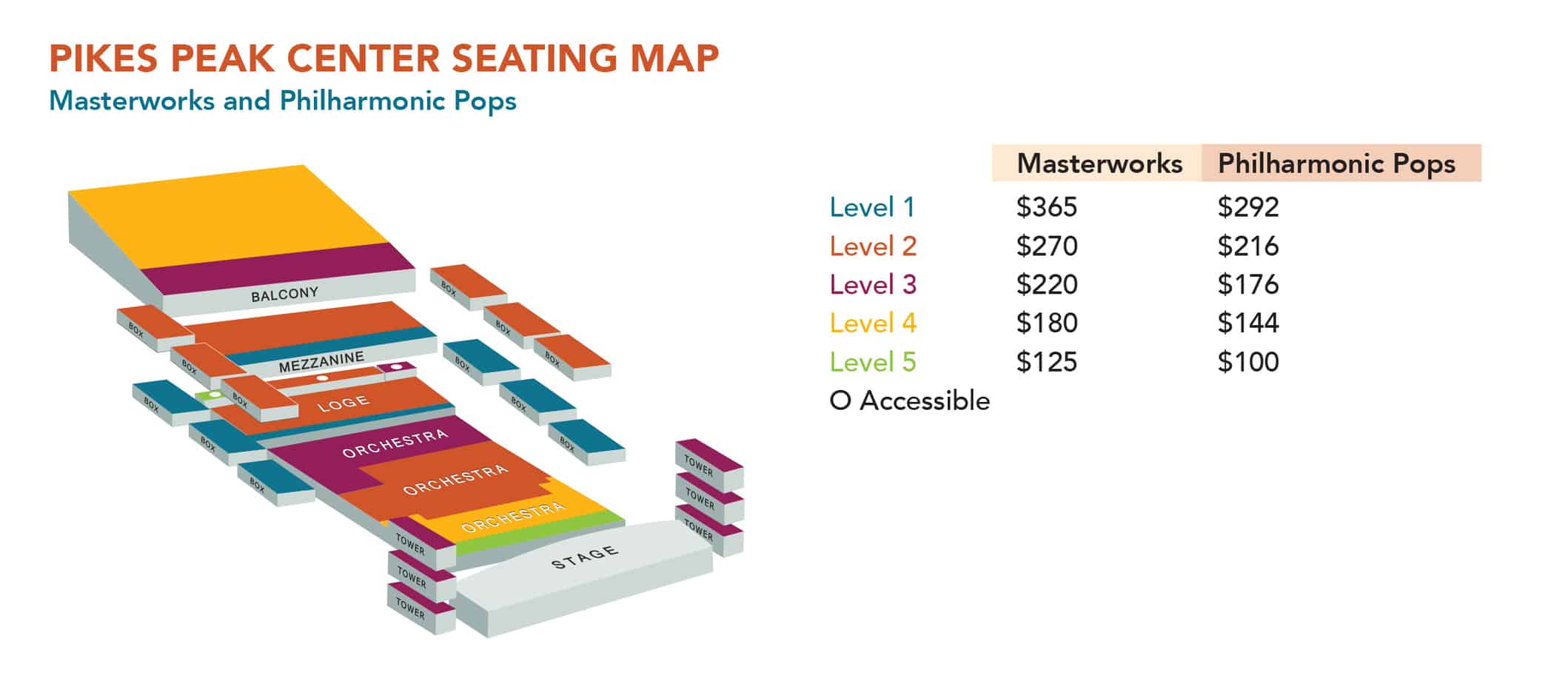In every era of the Colorado Springs Philharmonic, there have been leaders who dared to imagine something more—who saw not only what the orchestra was, but what it could become. Christopher Wilkins, who held the baton in the early 1990s, was one of those leaders. His tenure was marked by ambition, collaboration, and an unwavering belief in the power of big, imaginative ideas.
Wilkins brought with him a sense of artistic adventure. He didn’t just conduct concerts—he curated experiences. Under his leadership, the Philharmonic embraced large-scale, interdisciplinary projects that expanded the very idea of what a symphony orchestra could do. One of the most memorable of these was Mendelssohn’s A Midsummer Night’s Dream, staged in collaboration with TheatreWorks and its visionary director, Murray Ross. It was more than a performance—it was a moment when music, theater, and community converged into something unforgettable.
That kind of innovation defined Wilkins’ time on the podium. He championed new partnerships, daring repertoire, and artistic risks that paid off in depth, texture, and emotional power. He believed the Philharmonic should be a cultural engine—one that moved people, sparked conversation, and deepened the city’s artistic landscape.
Wilkins didn’t just bring strong musicianship; he brought a sense of purpose rooted in curiosity and imagination. He reminded us that orchestras thrive not only when they look inward, but when they reach outward—toward other art forms, toward new audiences, and toward stories that are best told together.
In those years, the Philharmonic learned to think a little bigger. And thanks to Christopher Wilkins, it discovered what could happen when vision leads the way.
